Madrid, 07 July 2024- Imagine being chased by a wild, maddened herd of bulls through narrow streets and alleys. Running desperately to survive, you find yourself amidst a dense crowd, making it nearly impossible to escape. While such a scenario is nightmarish for most, in Spain, this chaotic chase is part of a beloved and exhilarating tradition known as the ‘San Fermin’ festival.
‘San Fermin’ is a festival that spans nine days in July, celebrated with numerous events, including fairs and cultural evenings. However, the centerpiece of the festival is the infamous bull run, a dangerous yet thrilling event that attracts thousands of participants and spectators from around the world. For centuries, Spaniards have embraced this perilous event as a testament to their bravery and endurance.
The bull run, or "encierro," involves the release of six bulls into the streets, where participants run ahead of them, trying to avoid being gored or trampled. This high-adrenaline event occurs eight times throughout the festival, with each run lasting between three to five minutes. Despite the brevity, these minutes are filled with immense danger, and injuries are common.
Spanish citizens dedicate the entire year to preparing for the bull run. The bulls are meticulously cared for, ensuring they are in prime condition for the race. The commitment to this tradition is profound, reflecting the cultural significance of the event.
While ‘San Fermin’ has been a staple in Spanish culture for centuries, its international fame surged after the publication of Ernest Hemingway’s 1926 novel, *The Sun Also Rises*. Hemingway’s vivid descriptions and captivating storytelling brought global attention to the festival, transforming it into a must-see event for thrill-seekers and cultural enthusiasts alike.
Despite its inherent dangers, the ‘San Fermin’ festival is a celebration of life, courage, and community. It is a time when the streets of Pamplona are filled with laughter, music, and the shared experience of facing fear head-on. For the people of Spain, and those who come from afar, the festival is not just about the bulls but about embracing the human spirit’s resilience and zest for life.
In conclusion, the ‘San Fermin’ festival is a unique blend of terror and festivity, a testament to the enduring spirit of Spanish culture. It is a celebration where participants face their fears, and where the specter of danger adds to the exhilaration and joy of being alive.



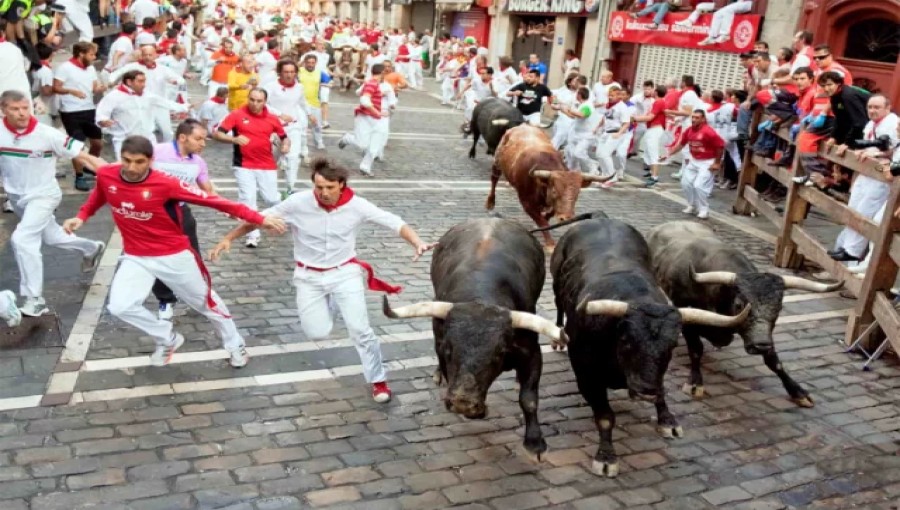

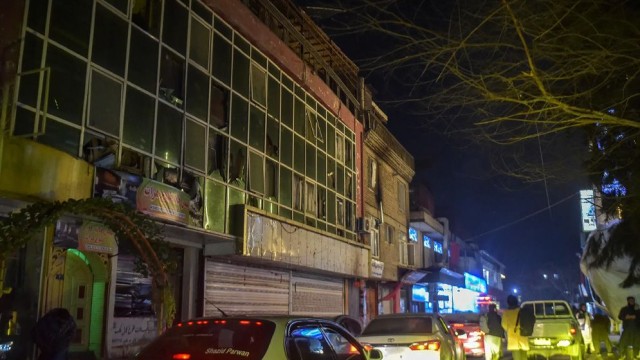


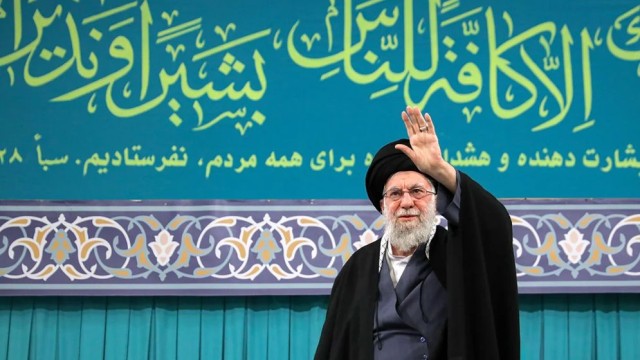


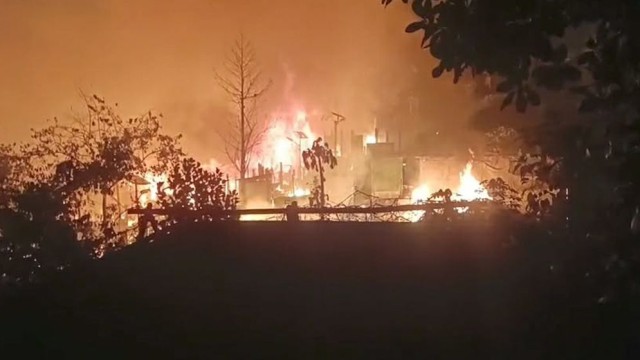




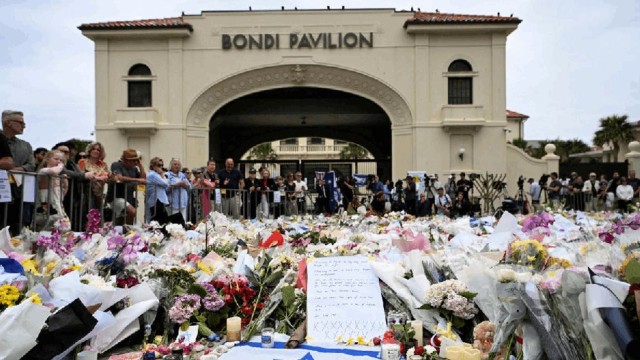








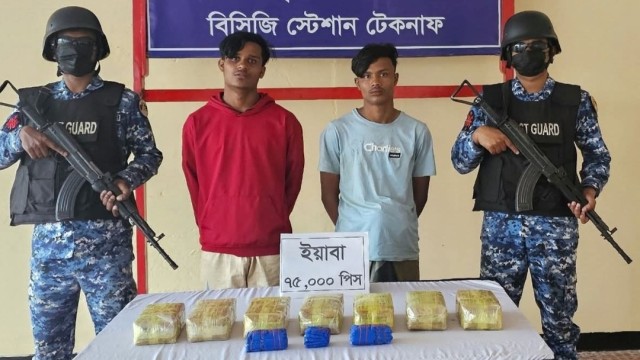





Comment: